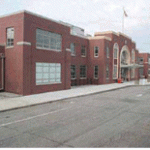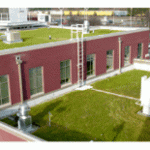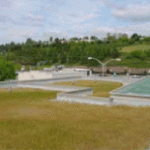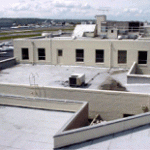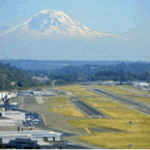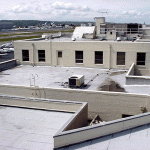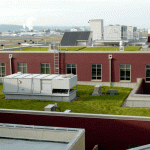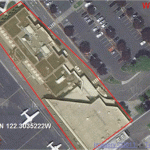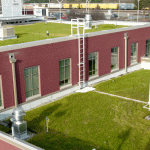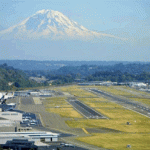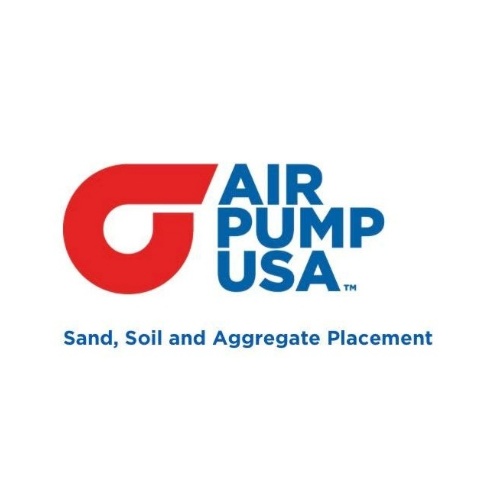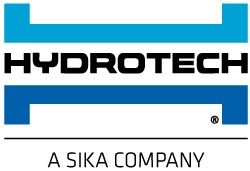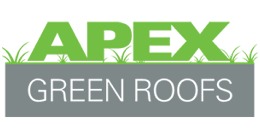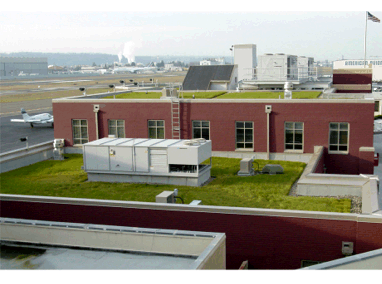
Additional Resources
King County International Airport (a.k.a. Boeing Field) is located at 7277 Perimeter Road, Seattle, WA 98108. Visit their website here. Read the November, 2008 “The Greening of Business Aviation Airports” by Jack Elliott in Airport Journals and the February, 2006 follow up Case Study of the King County International Airport Terminal Building on pages 18-21 of the “King County Green Roof Case Study Report” by Paladino and Company, Inc. here. Read the entire PDF “European Airport Greenroofs – A Potential Model for North America” by Linda S. Velazquez, ASLA Associate, LEED? AP, Greenroofs.com Publisher here. Download the 2003 GBI Annual Report PDF here.
“King County International Airport, commonly known as Boeing Field, is owned by King County and managed by the Aviation Division of the King County Department of Transportation. It is one of the busiest general aviation airports in the country?used by aircraft of all sizes and types, and filling a wide range of commercial and recreational needs. It receives no general tax dollars and is financed by rents, fees and some FAA resources,” (King County website).
At the time of its installation in 2003, the only known existing airport greenroof in the U.S. was found atop the Main Passenger Terminal Building of the King County International Airport. It was also the county?s largest green roof to date when completed in October 2003 on this restored historic 1930 art deco brick structure building. The greenroof at the airport was intended to meet County Executive Ron Sims’ “Green Building Initiative” to promote environmentally responsible construction practices in all county buildings.
The 8,000 sf extensive green roof was planted with a variety of rye grass. Although not registered for LEED?, this project was thought to be eligible for LEED? certification in the future. The good news is that according to Maureen Thomas, the Project Manager, during the first four or five months or so the greenroof flourished and they had absolutely no problems associated with bird nuisances. However, the living portion of the greenroof failed soon after from the apparently incorrect specification of growth media for the substrate depth and selected plant material. A review was conducted (in summer, 2005) to replace the both the substrate and vegetation choices.
In addition to the greenroof, other sustainable strategies include: Addition of alternative fueling stations in the parking lot; Incorporation of water conserving plumbing fixtures; Reuse of the original structural shell; Construction debris recycling; Energy efficient lighting; Low VOC building materials and Day lighting in occupied spaces.
 Greenroofs.comConnecting the Planet + Living Architecture
Greenroofs.comConnecting the Planet + Living Architecture
